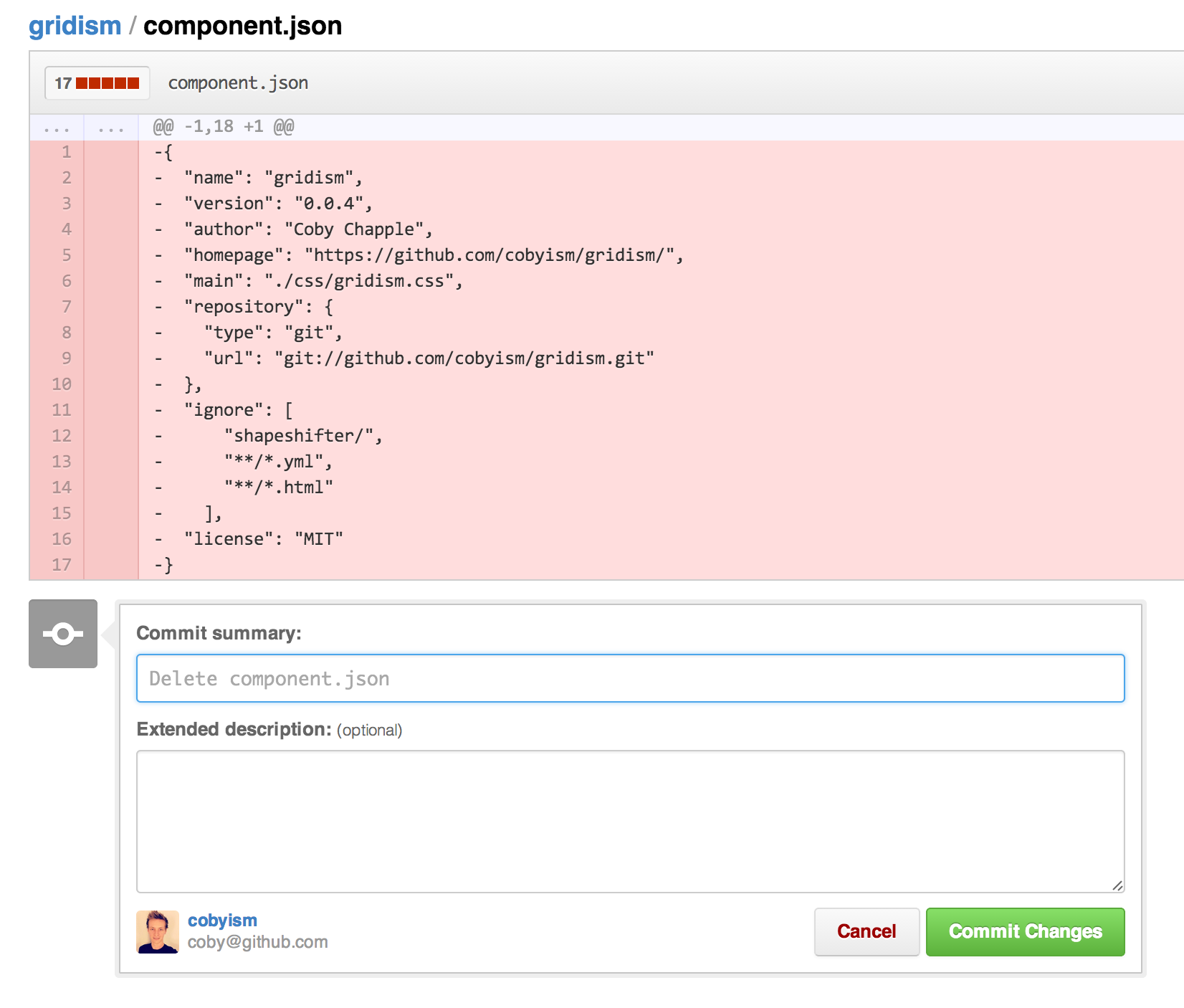

If you now select the very same path that your working copy is on as the target (i.e., you're exporting the working copy onto itself), TortoiseSVN will remove all. Simple: when you right-click on a working copy and choose "Export." from the context menu, a folder browse dialog is shown where you can choose the folder where you want the working copy exported to. svn folders from an existing working copy? Use the "Export" command! But hey, didn't I just tell you that the export command creates a copy of the files in your working copy and doesn't change your original working copy? So how can the export command remove the. Using svn to delete a file from your working copy deletes your local copy of the file, but it merely schedules the file to be deleted from the repository. TortoiseSVN has a little known feature built in which can do exactly that: it removes all. But if you have TortoiseSVN installed, that isn't needed: Searching the web you can find a lot of users posting scripts which scan a path recursively and delete all those. Which is what most users want.īut some users really want to just make a working copy unversioned. svn folders from an existing working copy. But the export command creates a copy, it does not remove the. Exporting a working copy or a repository url will create a copy of all your files, but without those. The command in Subversion to do that is "Export". Usually, you want a "clean copy" of your versioned files for zipping, archiving.

svn folders inside every Subversion working copy. All those questions lead to the users wanting to remove the hidden. The version of the file I want might not be the same as the repository version I'm looking for.A lot of people asked on our mailing lists how they can "unversion a working copy", "detach/unlink a working copy from the repository", "remove files from version control" or something like that. Files get moved around and copied, deleted, and undeleted. However, that's not always going to be the case. Yes, it might seem silly in this instance that I have to request the revision of the file and the Subversion layout because they're both the same. Good to know if I need to undelete the file. Therefore, it still existed in revision 12344. I deleted file `foo.txt in revision 12345. The easiest way to find files that have been deleted is to look at svn log: $ svn log -rHEAD -v r12345 | dweintraub | This will copy revision 12344 of file foo.txt at the 12,344th revision of the repository to the current revision of the repository. If you need to undelete the file, you can always copy the revision of the file you want from the pegged revision of the repository layout: $ svn cp -r12344 -m"undeleting foo.txt" \ To do that, you put a at the end of the repository URL: $ svn ls we can see the file because it's in the 12,344th revision of that repository layout. SmartSVN will check out the file to a temporary location and open it in the specified editor. What you want to see is the file in the 12,344th revision of the REPOSITORY. The repository file system is only scanned on demand. This is called revision pegging, and can be one of the more difficult concepts in Subversion. What you need to do is understand the difference between the file revision and the repository revision. What you requested is revision 12344 of the file in the current revision of the repository layout. Therefore, it has been permanently deleted. The file should still be there in THAT revision: $ svn ls -r12344 No such file You knew that the file isn't in revision 12345 because you removed it. SmartSVN allows to automatically add unversioned or remove missing files for. I am trying to checkout repository through SmartSVN but I keep getting this error message Unable to coonect to a repository at URL svn+ssh://loginipaddress/path To better debug SSH connection problems, remove the -q option from ssh in the tunnels section of your Subveriso configuration file. File foo.txt is no longer in the most current revision of Subversion. What's probably is convincing you that the file has been permanently removed is that you're doing something like this: $ svn co You do a svn delete or svn rm, and the file is no longer in the working copy. In fact, this is a well requested feature. Subversion never completely deletes a file from the repository.


 0 kommentar(er)
0 kommentar(er)
